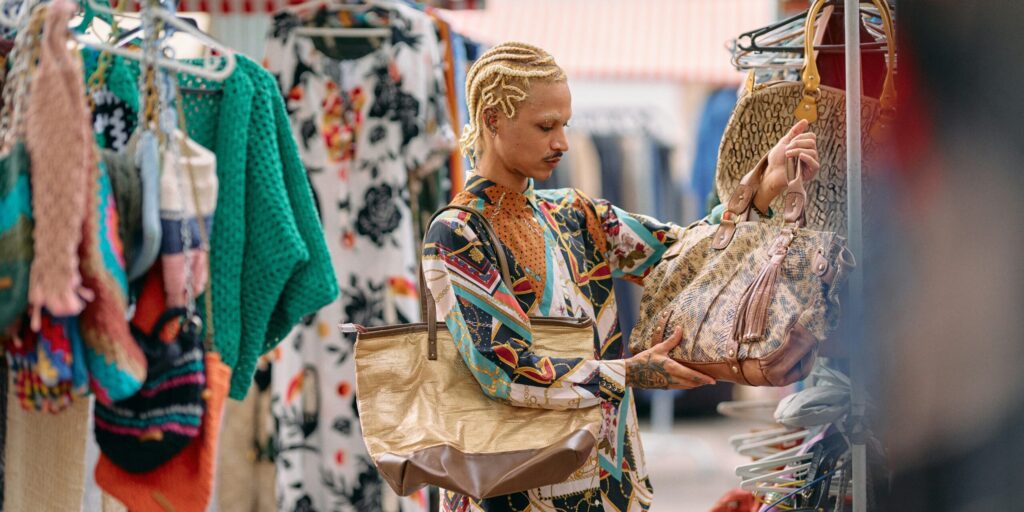In 2025, sustainability has become the defining theme of fashion weeks across New York, Paris, Milan, and London, signaling a profound shift in the industry’s approach to design, production, and consumption. Designers and brands are increasingly embracing the principles of the circular economy, prioritizing eco-friendly materials, ethical manufacturing, and innovative recycling programs.
Sustainability Takes Center Stage
Environmental concerns, combined with consumer demand for responsible products, have pushed sustainability to the forefront of fashion. Industry leaders like Stella McCartney, Patagonia, and Eileen Fisher have championed these changes, influencing both high fashion and mainstream apparel markets.
At the 2025 New York Fashion Week, designers showcased collections using biodegradable fabrics, organic cotton, and innovative textiles made from recycled plastics and agricultural byproducts. The use of natural dyes and water-efficient production techniques has also expanded.
Circular Economy: Redefining Fashion’s Lifecycle
The circular economy model challenges the traditional “take-make-dispose” fashion cycle by emphasizing reuse, repair, and recycling. Brands are adopting strategies such as:
-
Clothing Rental and Resale: Platforms like Rent the Runway and The RealReal have gained momentum, extending garment lifespans and reducing waste.
-
Upcycling and Remanufacturing: Designers incorporate recycled materials into new designs or repurpose vintage garments, blending creativity with sustainability.
-
Take-Back Programs: Retailers encourage customers to return used clothing for recycling or resale, fostering responsible consumer behavior.
These initiatives reduce environmental impact and offer consumers more sustainable purchasing options.
Consumer Influence and Generational Shift
Millennials and Generation Z are driving the demand for sustainable fashion. Surveys indicate that over 70% of Gen Z consumers prefer brands with transparent sustainability practices and ethical labor standards.
Social media amplifies awareness, with influencers and activists spotlighting environmental issues and holding brands accountable.
This generational shift has prompted companies to integrate sustainability into their brand identities to remain competitive and relevant.
Technological Innovations
Advances in technology support sustainable fashion, including:
-
Biofabrication: Development of lab-grown materials like mushroom leather and synthetic spider silk offer cruelty-free alternatives.
-
3D Printing: Enables on-demand production, reducing excess inventory and waste.
-
Blockchain: Enhances supply chain transparency, allowing consumers to verify the ethical sourcing of materials.
These technologies contribute to reducing the fashion industry’s carbon footprint and improving supply chain accountability.
Challenges and Industry Responses
Despite progress, challenges remain. Sustainable materials can be costlier, and scaling circular models requires significant infrastructure investment.
Some critics caution against “greenwashing,” where brands exaggerate or misrepresent sustainability claims.
To address this, organizations like the Sustainable Apparel Coalition have developed standards and certification programs, promoting credible environmental and social accountability.
Future Outlook
Experts forecast that sustainability will continue shaping fashion’s future. Regulatory pressures, such as extended producer responsibility laws and carbon taxation, may accelerate industry-wide adoption of circular practices.
Consumers are expected to prioritize durability and quality over fast fashion trends, prompting brands to innovate in design and marketing.
The 2025 fashion season sets a precedent for responsible creativity, balancing aesthetic appeal with environmental stewardship.


